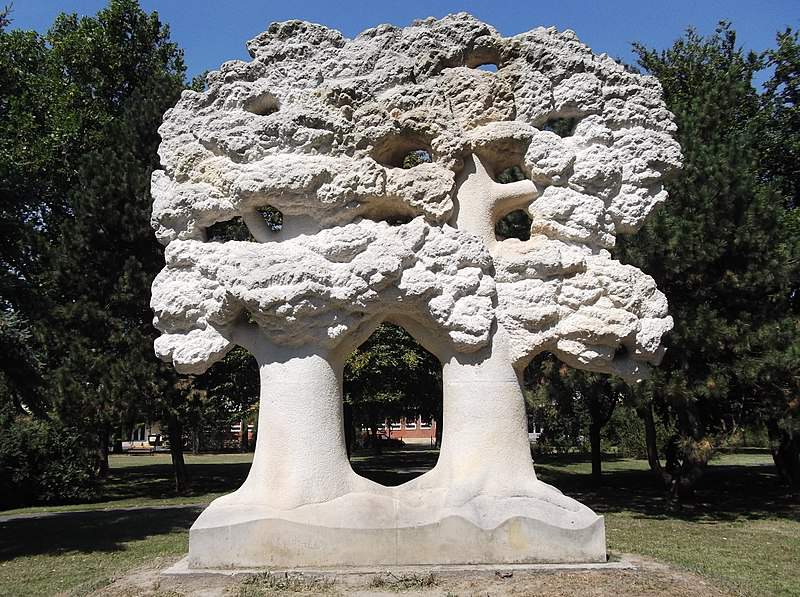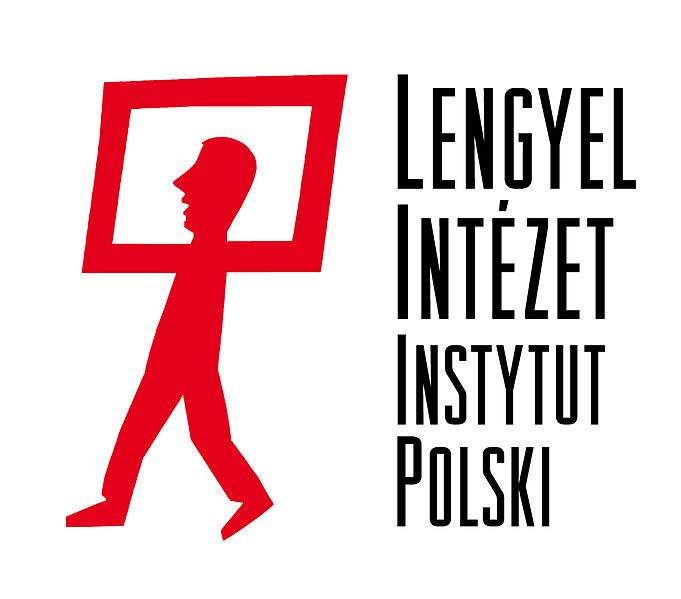Minorities in Hungary #5 – Poles

The first traces of Polish settlers in Hungary are from the early Medieval times. The relations of royal houses initiated the immigration: the Piaszts from Poland and Árpáds from Hungary. However, the beginning of the close connections between the two countries came with the Holy Roman threat from the West.
The imperial forces invaded the smaller diaspora Polish territories and Hungary’s western borders approximately at the same time. Even larger threat than the Holy Roman Empire, the Mongol hordes arrived at the beginning of the 13th century from the East. The pillaging armies that swept through Hungary between 1241 and 1242 also devastated some parts of the Polish territories as well. Both Poland and Hungary became the “defending bastions” of Europe.
This was the first time when the two nations realized that they share a common fate and they began to develop closer connections.
The Polish influence in the Hungarian royal court increased by the coronation of the Jagiello dynasty, which ruled Hungary mostly in the 15th and 16th century. The two most significant monarchs in this sense were Wladislaw III (Ulászló I in Hungarian) and Wladislas II, who brought a vast number of soldiers and other Polish settlers into Hungary. The immigration further increased when Polish recruits began to fight in the army of János Hunyadi against the Ottoman expansion to the Northwest.

In 1660, the Polish Sejm decided to expel Unitarians from Poland, as they were blamed for the Swedish invasions between 1655 and 1660. This caused thousands of Unitarians to settle in Transylvania, seeking for shelter. The Polish Unitarian immigrants established their own religious community in Bánffyhunyad and Betlen, but they were represented in large numbers in other parts of Transylvania as well like Kolozsvár (Cluj Napoca) and Torda (Turda).
The Polish army defeated the Ottomans on 12 September in Vienna and 7 October in Párkány (Stúrovo) in 1683, thus greatly contributing to Hungary’s liberation from the Ottoman rule.
The Poles helped to repopulate the country’s devastated areas in the North.
Polish volunteers fought once more for the freedom of Hungary after the revolution of Ferenc Rákóczi II (who was himself of Croatian origin) broke out in 1703. The freedom fight was defeated in 1711 by the Austrian forces, and many of the Polish soldiers fled to the caves of Aggtelek. They have found the Polish settlement of Derenk. The village existed until 1942, and its dwellers spoke archaic Polish. They lived in isolation, so they were not dependent on speaking other languages.
They remained proud Poles despite living the middle of Hungary, sometimes even marrying Hungarians.
When Poland ceased to exist for a period as an independent country (between 1795 and 1918), many Poles turned to immigration to Hungary again. The situation was similar in November 1830 and January 1863, when large numbers of Polish people moved to Hungary after the suppressed revolutions.
But it did not mean that they were disappointed in the idea of freedom, as an incredible number of Polish soldiers fought for Hungary in the War of Independence in 1848-’49. Moreover, many recruits came from Poland exclusively to help Hungarians in their revolution.
Many Polish commanders such as Jozef Bem and Jozef Wybicki are still honored today as heroes of Hungary.
The next great wave of immigrant Poles came after the outbreak of World War I. These were mostly civilian groups and Russian POWs. This was the time when Polish education was established in Hungary. Three Polish schools were founded in 1616 that provided an opportunity for Polish children to study in their mother tongue.
By 1930, approximately 5,000 Polish people lived in Hungary — this is just a rough estimation, as many Polish children who were born in Hungary were registered as Hungarian citizens.
A great turning point came for the Polish minority in Hungary when the Wehrmacht invaded Poland, and World War II began. Numerous soldiers and civilians fled to Hungary from the joint invasion of German and Soviet forces. Their total number is estimated between 110,000 and 140,000.
This was the greatest wave of migration in the history of both Poland and Hungary.
The Hungarian government opened the borders for Polish refugees on 18 September 1939. It has passed a bill a couple of days later about providing accommodation, financial support, jobs and education for the Poles — this all was done in discretion as Hungary was an ally to the Third Reich. During World War II, Hungary was the only country that operated Polish education system until 1944.

After the war ended, most of the refugees returned to their home country. However, a significant number of Poles remained in Hungary who intended to create a community. In 1958, they succeeded, as a new organisation was founded: it was the Polskie Stowarzyszenie Kulturalne im. Józefa Bema na Węgrzech (“Jozef Bem Polish Cultural Association” in English). In 2006, 23 March was introduced as the official Polish-Hungarian Friendship Day.
Currently the number of Polish people living in Hungary is estimated between 10,000 and 12,000 — still, it is based on self-report, not actual ethnicity.
Though the Polish minority in Hungary was under great pressure of assimilation, they managed to stay loyal to their unique culture. Either way, no matter if Polish people live in Hungary or their own homeland, the history of the two nations seems to remain closely related and common.
Source: Bem.hu, Sulinet.hu, Pecs.hu, Polish Institution, Daily News Hungary





